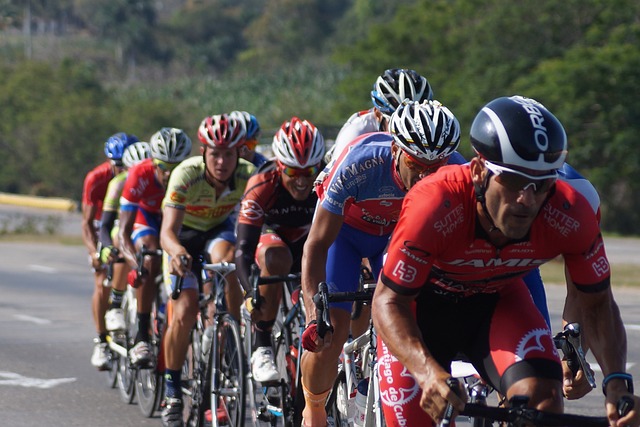Geographic Information Systems (GIS) are changing many industries, including sports betting. GIS helps bettors, analysts, and sportsbooks make better decisions. This integration is changing how people approach sports betting and games like the Aviator game. It does so by providing insights into game locations, player performance, and fan engagement.
As technology advances, GIS will play an even bigger role in sports betting. It is offering new opportunities for bettors and sportsbooks to use geographic data for an edge. Adopting this innovative approach will be important for anyone wanting to succeed.
Understanding GIS in Sports Analytics
GIS is a strong technology that collects, stores, analyzes, and displays spatial data. In sports analytics, it lets users combine this info with performance metrics, statistics, and past data. This combination helps analysts find patterns and trends that might not be clear with regular data analysis.
Spatial Analysis of Game Locations
One main use of GIS in sports betting is analyzing game locations. Different venues have unique features like weather, field types, and elevation. All of these are things that can affect player performance and game results. By examining these geographical factors, bettors can understand how a team does in different places.
A football team might do well in warm weather but perform poorly in the cold. GIS helps analysts see temperature and weather trends along with game schedules. This gives insights into how these factors impact team performance. This awareness is essential for bettors who want to make informed bets based on specific locations.
Mapping Player Performance

Another important use of GIS in sports betting is mapping player performance. By combining player stats with location data, analysts can see how players perform in different venues.
GIS tools can create heat maps showing a player’s scoring patterns on the court. These maps highlight where players do well and where they struggle. This information is crucial for bettors who want to understand performance in many situations. By studying these, bettors can find favorable matchups or weaknesses to improve their strategies.
Enhancing Predictive Models
Predictive modeling is essential in sports betting analytics, and GIS adds a geographic layer to these models. Traditional models usually focus on past performance and statistics. By including geographic factors, analysts can account for other variables that influence outcomes. These include things such as travel distances, time zones, and local fan support.
When teams travel long distances, player fatigue can affect their performance. GIS can illustrate how travel impacts team performance by showing distances and travel times to various venues. By using these insights in predictive models, analysts can make more accurate forecasts.
Identifying Trends in Fan Engagement

GIS is crucial for understanding fan engagement and how it affects sports betting. Researchers must analyze geographic data on fan demographics, attendance, and local support. This way, we can see how these factors influence betting behavior. Teams with strong local support often perform better at home because their fans motivate them.
By mapping where fans attend games and how engaged they are, sportsbooks can adjust their promotions and marketing strategies for different regions. Knowing where loyal fans are helps sportsbooks offer better incentives. This geographic insight gives sportsbooks a competitive advantage in a fast-changing market.
Challenges and Considerations
The quality and availability of data can differ, which can impact the accuracy of GIS analyses. Additionally, the fast-paced nature of sports and betting means that models need regular updates to stay current.
There are also ethical concerns, especially regarding data privacy. Sportsbooks and analysts must use data responsibly and follow regulations to protect users’ information. Finding a balance is important for the long-term success of sports betting analytics.


